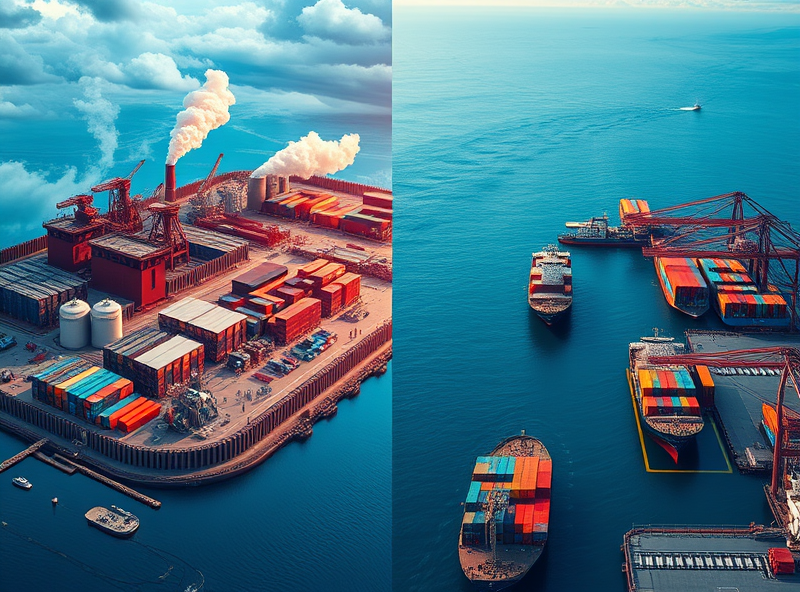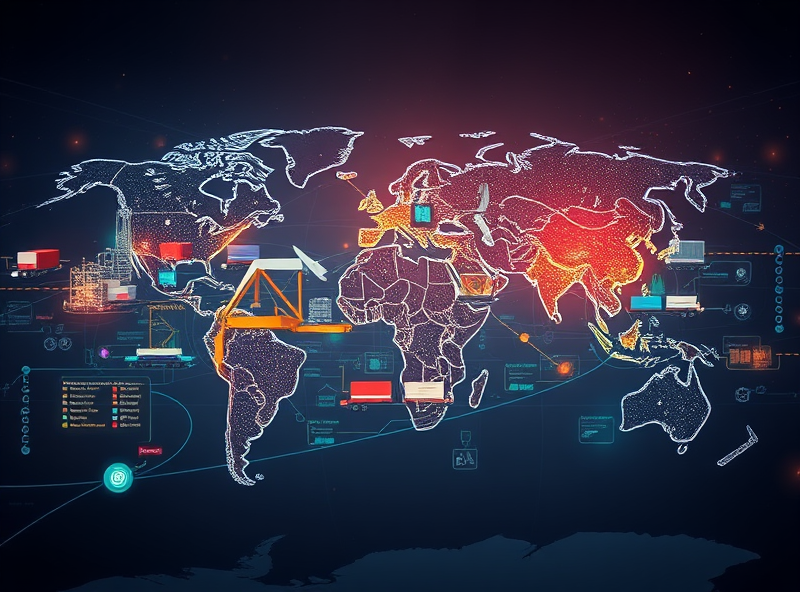What is Protectionism vs Free Trade?
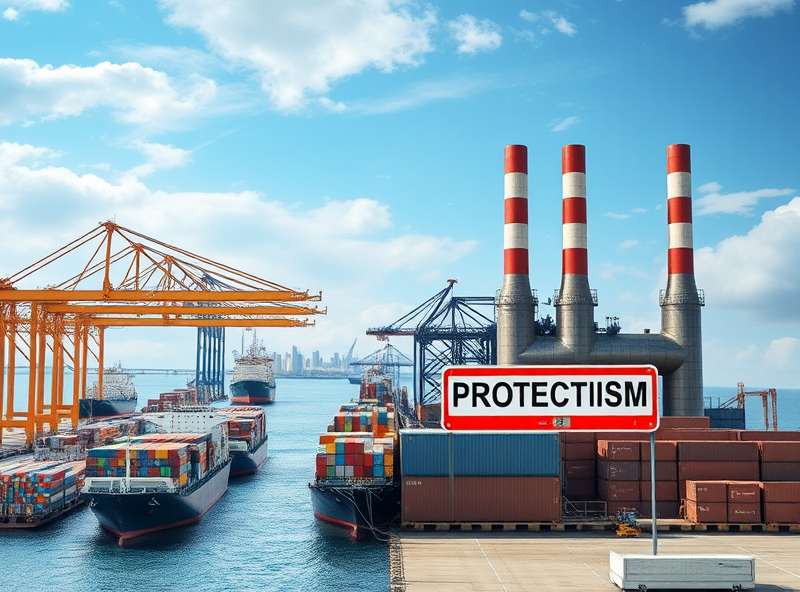
In today’s interconnected world, the debate between protectionism and free trade plays a significant role in shaping the global economy. But what exactly do these terms mean? Protectionism refers to a government’s efforts to shield its domestic industries from foreign competition. This is often done through tariffs, import quotas, or subsidies to local businesses. The goal is to protect jobs, promote local industries, and reduce dependency on foreign goods. However, protectionism can also lead to higher prices for consumers and limit the variety of goods available in the market.
On the other hand, free trade advocates for the removal of barriers to international trade, allowing goods and services to flow freely across borders. This approach encourages competition, innovation, and access to a wider range of products at lower prices. While free trade can boost economic growth and foster international cooperation, it may also result in job losses in industries that struggle to compete globally.
Understanding the balance between these two approaches is essential for governments, businesses, and individuals alike. By recognizing the pros and cons of protectionism and free trade, we can make informed decisions that benefit both local economies and the global market.
Historical Examples of Trade Conflicts
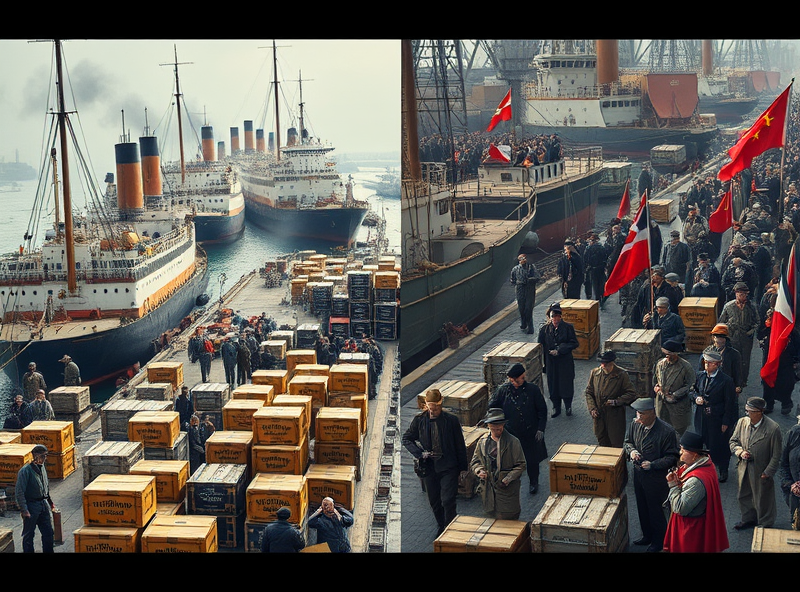
Trade conflicts have shaped the global economy for centuries, often leaving lasting impacts on nations and their relationships. One of the most well-known examples is the Smoot-Hawley Tariff Act of 1930 in the United States. This legislation raised tariffs on over 20,000 imported goods, aiming to protect American farmers and manufacturers during the Great Depression. However, it backfired as other countries retaliated with their own tariffs, leading to a significant decline in international trade and worsening the global economic downturn.
Another notable example is the Opium Wars between Britain and China in the mid-19th century. These conflicts arose when Britain sought to balance its trade deficit with China by exporting opium, which led to widespread addiction in China. The Chinese government attempted to suppress the opium trade, but Britain’s military intervention forced China to open its markets under unfavorable terms, marking a period of economic and political exploitation.
More recently, the U.S.-China trade war, which began in 2018, has demonstrated how modern trade conflicts can disrupt global supply chains. The imposition of tariffs on billions of dollars’ worth of goods by both nations has not only affected their economies but also created ripple effects across the world, influencing industries from technology to agriculture.
Understanding these historical examples highlights the delicate balance between protectionism and free trade. While protectionist policies may seem beneficial in the short term, they often lead to unintended consequences that can harm global economic stability. By learning from the past, policymakers and businesses can better navigate the complexities of international trade today.
The Impact of Protectionist Policies
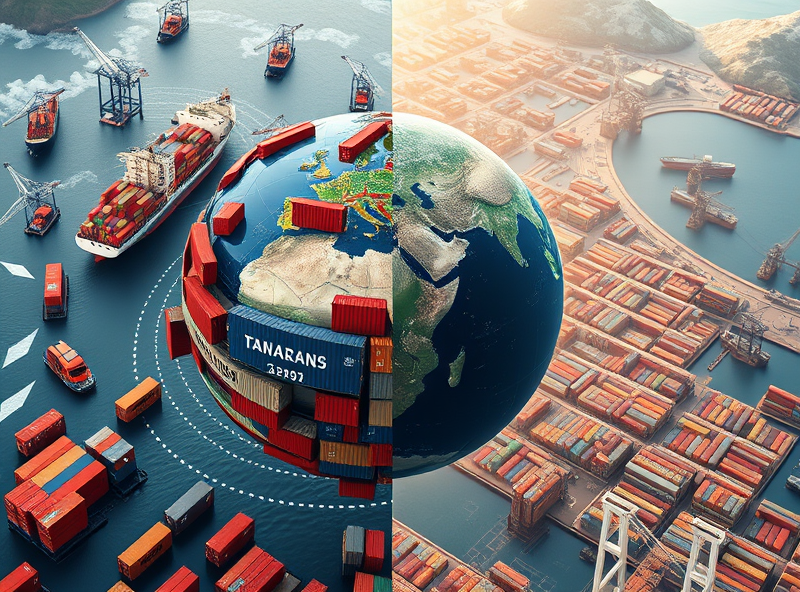
Protectionist policies, while often implemented with the intention of safeguarding domestic industries, can have far-reaching consequences on the global economy. At their core, these policies involve measures like tariffs, import quotas, and subsidies aimed at reducing foreign competition. While they may provide short-term benefits, such as protecting local jobs and industries, the long-term impacts can be more complex and challenging.
For instance, higher tariffs on imported goods can lead to increased prices for consumers, reducing their purchasing power. Additionally, other countries may retaliate with their own protectionist measures, sparking trade wars that disrupt global supply chains. This can create uncertainty for businesses and investors, potentially slowing down economic growth.
Moreover, protectionism can stifle innovation. When domestic industries are shielded from international competition, they may lack the incentive to improve efficiency or develop new technologies. On the other hand, free trade encourages competition, which often drives innovation and leads to better products and services for consumers.
Understanding the balance between protectionism and free trade is crucial for policymakers and businesses alike. While protecting certain industries might be necessary in specific situations, a heavy reliance on protectionist policies can hinder economic progress and global cooperation. By fostering a more open and collaborative trade environment, countries can work together to achieve sustainable economic growth and shared prosperity.
Free Trade Agreements and Global Collaboration
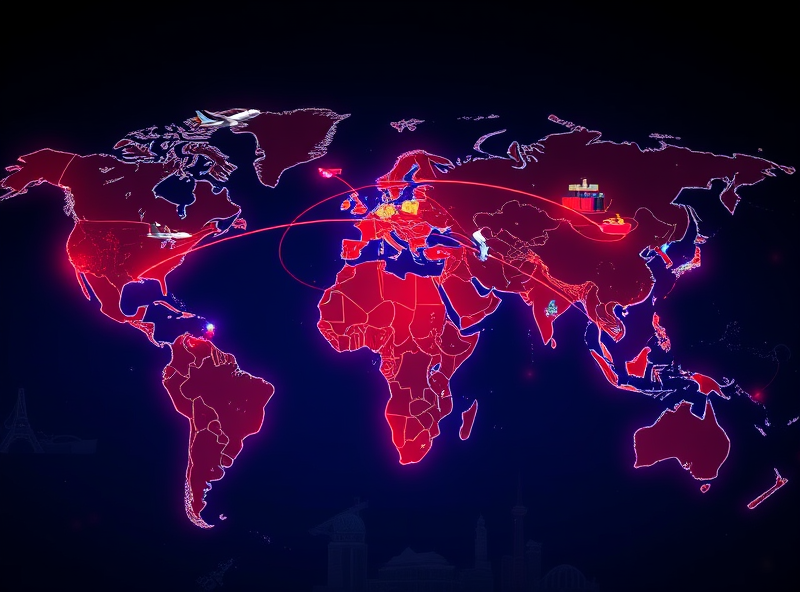
Free trade agreements (FTAs) are essential tools for fostering economic growth and strengthening international relationships. These agreements are designed to reduce or eliminate trade barriers, such as tariffs and quotas, between participating countries. By doing so, they encourage the free flow of goods, services, and investments across borders. For businesses, FTAs open up new markets, increase competitiveness, and reduce costs, while consumers benefit from a wider variety of products at lower prices.
Moreover, FTAs promote global collaboration by encouraging countries to work together on shared economic goals. This cooperation often extends beyond trade, addressing issues like environmental sustainability, labor standards, and intellectual property rights. However, it’s important to recognize that while FTAs bring numerous benefits, they can also pose challenges, such as increased competition for domestic industries. To fully harness the potential of FTAs, governments and businesses must invest in innovation, education, and infrastructure to remain competitive in the global market.
In today’s interconnected world, free trade agreements serve as a bridge that connects nations, fostering economic interdependence and paving the way for a more collaborative and prosperous global economy.
